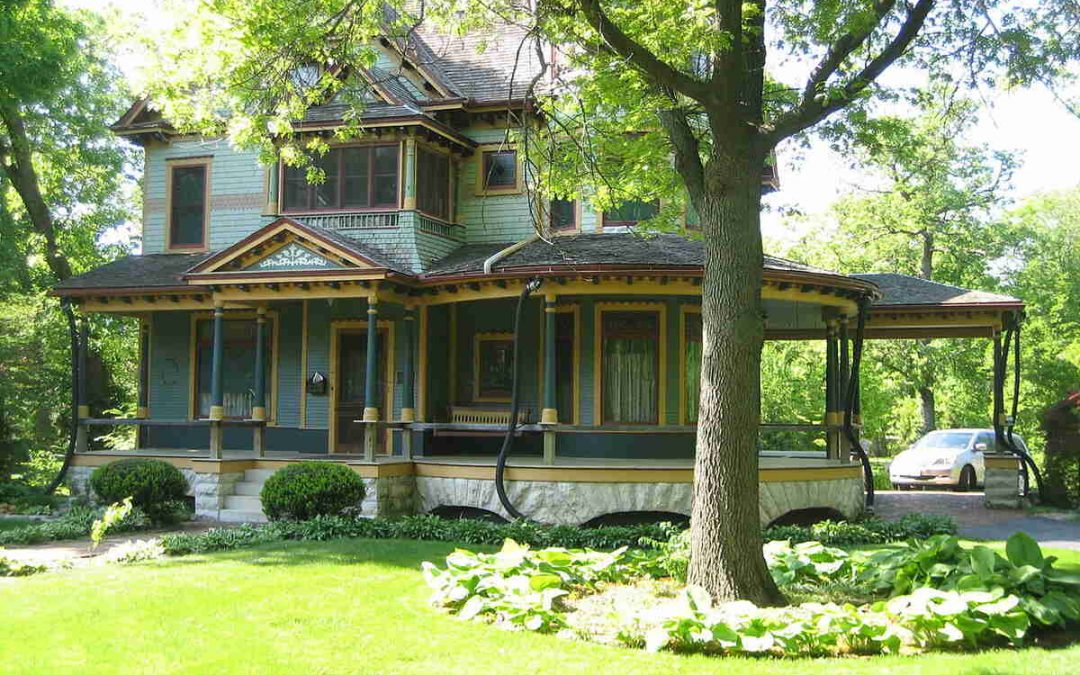You don’t want your Plano lawn to be plain-o. OK, bad puns aside, if you’ have a home built or want a new, ‘re trying to establish a beautiful, green lawn to replace your old, withered one, try out these grass types that are ideal for Plano.
In this article:
Bermudagrass
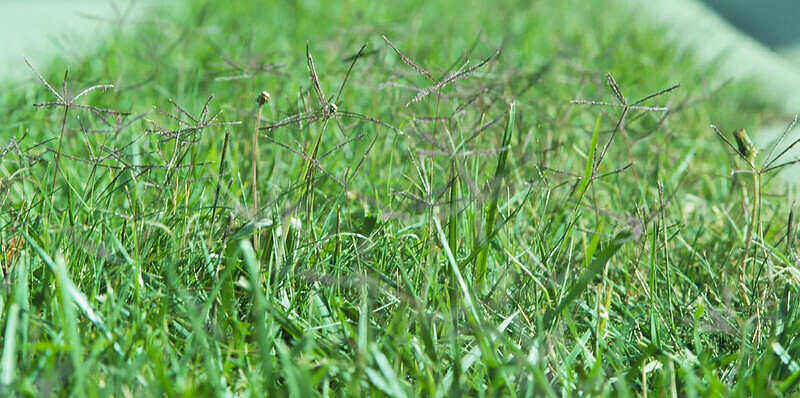
Bermudagrass
Photo Credit: Matt Lavin / Flickr / CC BY-SA 2.0
Bermudagrass is the most common grass in Plano (and all of North Texas). Plano has two types of Bermudagrass: common and hybrid. Common is a light-green grass with a coarse leaf texture, making it better for lawns. Hybrid is darker, finer, and more aggressive, making it better for golf courses and sports fields.
Bermudagrass is incredibly drought-resistant (valuable in Texas’ hot summers), tolerates heavy foot traffic, and grows well in most soil types, even the coarse, sandy variety found in many places in the Southwest. It’s also a versatile grass, as it’s usable in many settings like golf courses, lawns, and athletic fields. However, Bermudagrass doesn’t tolerate shade well.
Classification: Warm-season grass
Spreads by: Both stolons and rhizomes
Shade tolerance: Low
Drought tolerance: High
Foot traffic tolerance: High
Maintenance needs: Moderate
Mowing Height: 1.5 – 2.5 inches
Potential for disease: Low
St. Augustinegrass
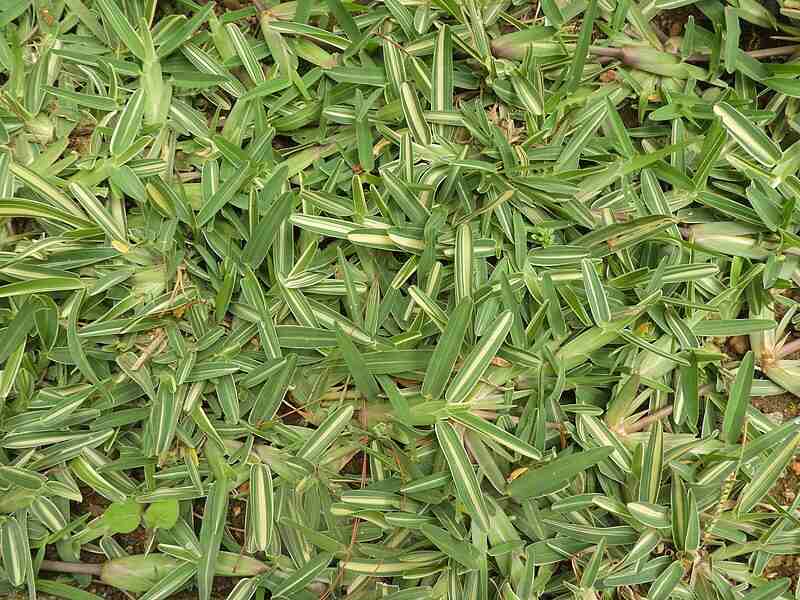
St. Augustinegrass
Photo Credit: Yercaud-elango / Wikimedia Commons / CC BY-SA 4.0
If you live in an urban area, you’ve probably seen St. Augustinegrass. That’s because it’s more shade-tolerant than other grasses. It also handles being mowed at a higher height than other warm-season grasses, so it’s popular in lawns.
What it doesn’t tolerate is cold, so it doesn’t thrive in winter. It also struggles under heavy foot traffic, drought, and diseases. However, a well-maintained St. Augustinegrass lawn feels like a carpet (hence its other name, “carpet grass”), making the extra steps worth it.
Classification: Warm-season grass
Spreads by: Stolon
Shade tolerance: High
Drought tolerance: Moderate
Foot traffic tolerance: Low
Maintenance needs: Moderate
Mowing Height: 2.5 – 3.5 inches
Potential for disease: High
Buffalograss
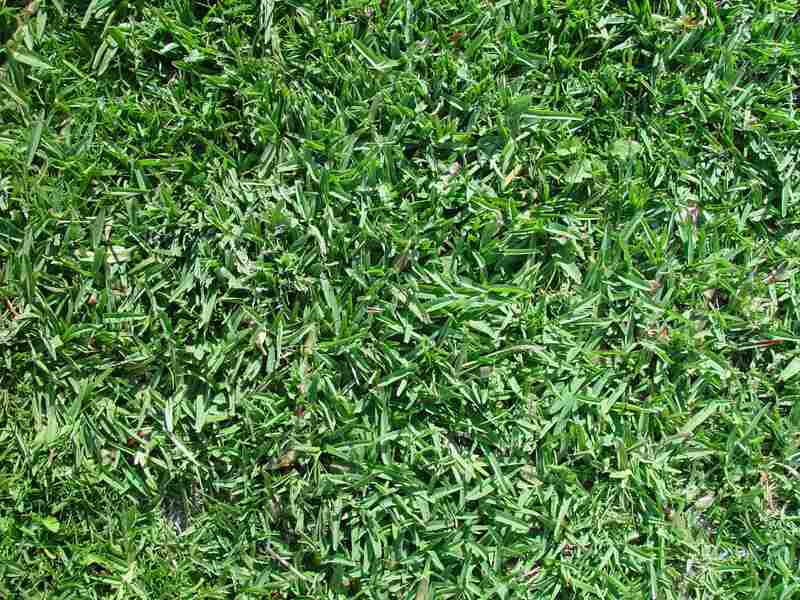
Buffalograss
Photo Credit: Titus Tscharntke / Pixnio / CC0
Buffalograss is an excellent choice for drought-prone regions. It thrives in areas that don’t get much rain and can tolerate cold better than other warm-season grasses. It’s also a low-maintenance grass that doesn’t require a lot of mowing.
However, buffalograss doesn’t do well in the shade. It also doesn’t thrive with too much water; overwatering causes weeds and other grasses to invade it.
Classification: Warm-season grass
Spreads by: Rhizome
Shade tolerance: Low
Drought tolerance: High
Foot traffic tolerance: Moderate
Maintenance needs: Very Low
Mowing Height: 2-3 inches
Potential for disease: Low
Centipedegrass
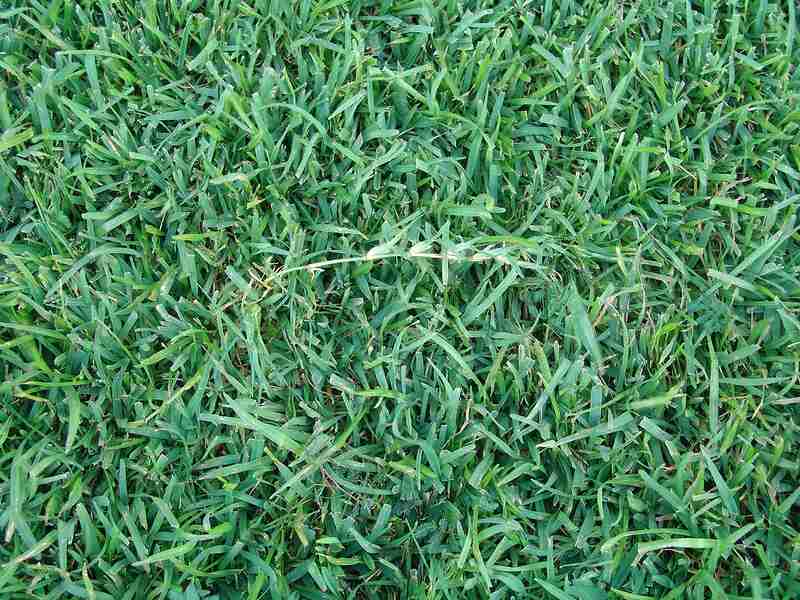
Centipedegrass
Photo Credit: James Becwar / Wikimedia Commons / CC0 1.0
Centipedegrass is a slow-growing and coarse-leafed grass that requires little maintenance. It doesn’t need much fertilizer or mowing.
Its most prominent issues are that it needs a lot of sun and doesn’t tolerate traffic or prolonged drought. It’s also susceptible to herbicides.
Classification: Warm-season grass
Spreads by: Stolon
Shade tolerance: Low
Drought tolerance: High
Foot traffic tolerance: Low
Maintenance needs: Low
Mowing Height: 1.5-2 inches
Potential for disease: Moderate
FAQ about grass types for Plano
If you have a shady lawn, St. Augustinegrass is your best bet.
Bermudagrass is the way to go if multiple legs stampede around your yard.
All lawns require some work to keep them healthy, but if you want a lawn that requires little maintenance, go for either centipedegrass or bermudagrass.
Choose the right grass and plants for your Plano landscape
Each of these grass types excels in different conditions, but there’s no right or wrong. It depends on your living conditions and which one works best for you.
Once you find the right grass types, your next step will be to spruce up your yard with some of the best native plants in Plano, as they’ll grow well with little maintenance.
If you are unsure what to do or need a helping hand, contact one of Wikilawn’s lawn care pros, and we’ll be happy to help.
Main Image Credit: Sears house Plano / A. McMurray / Wikimedia Commons / CC BY-SA 3.0

